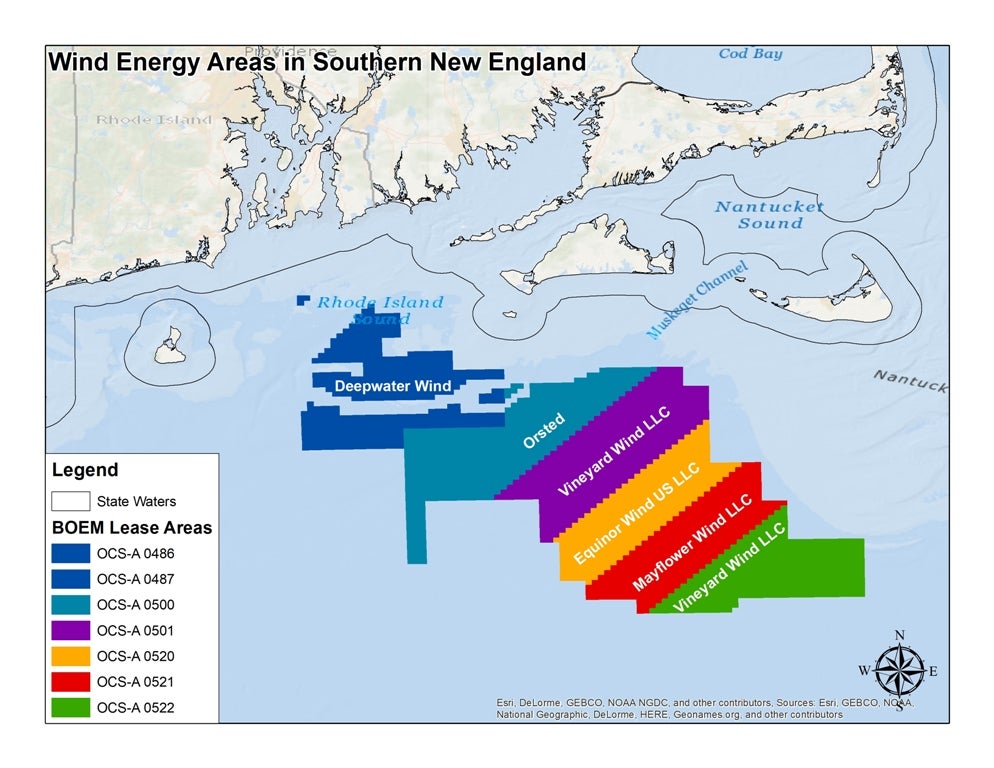Fishing Status of Vessels Using the AIS: A Big Data and Machine Learning Approach
 Principal Investigator: Thomas Sproul (URI CELS)
Principal Investigator: Thomas Sproul (URI CELS)
Collaborators: Julia Livermore (RI DEM)
Funding Source: Massachusetts Clean Energy Center, Bureau of Ocean Energy Management, RI DEM
This project is a collaboration between Dr. Tom Sproul (Environmental & Natural Resource Economics at URI) and Julia Livermore (RI DEM). The overarching goal of this study is to generate improved maps of fishing effort and landings values at sea. A technical study is needed because established methods are known to contain substantial inaccuracies, and newer approaches have not been applied to species of interest in Southern New England’s offshore wind lease areas. The project will form a baseline that can be used to limit conflicts between wind development and commercial fishing and to assess changes in fishing practices after wind farm development. To achieve the project goals, the team will merge data from the AIS (Automatic Identification System), VMS (Vessel Monitoring System), VTRs (Vessel Trip Reports), dealer reports, United States Coast Guard registry records, and the NOAA Observer Program. They will also employ a novel approach of using fishing industry input for expert labelling of the AIS data. The team will then develop a machine learning approach to modeling the probability of fishing based on vessel activity at the Fishery Management Plan (FMP) level. The model results will enable developing fishing activity maps by extrapolating to the full unlabeled data set. The project has support and will include involvement from the Massachusetts Fishermen’s Partnership, the Commercial Fisheries Research Foundation, the Responsible Offshore Development Alliance, and the Commercial Fisheries Center of Rhode Island. Key outputs will be:
- fishing activity maps, to be available on the Northeast Ocean Data Portal,
- publicly available, open source computer code for replication by other scientists,
- measurement of improvements of landings estimates relative to existing approaches, and
- submission of our findings for publication in peer reviewed scientific journals.
 Home
Home Browse
Browse Close
Close Events
Events Maps
Maps Email
Email Brightspace
Brightspace eCampus
eCampus


